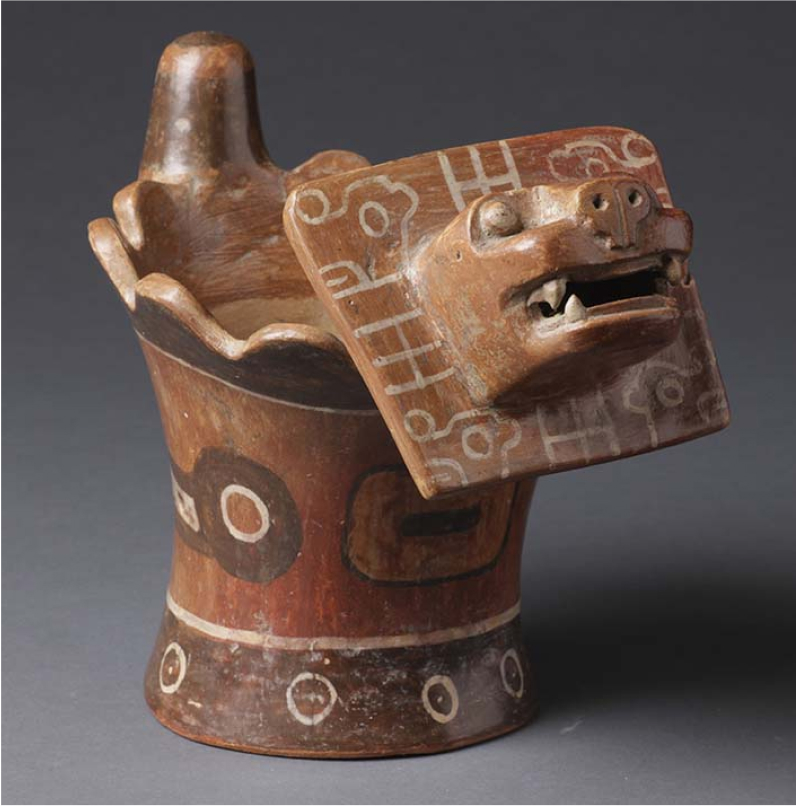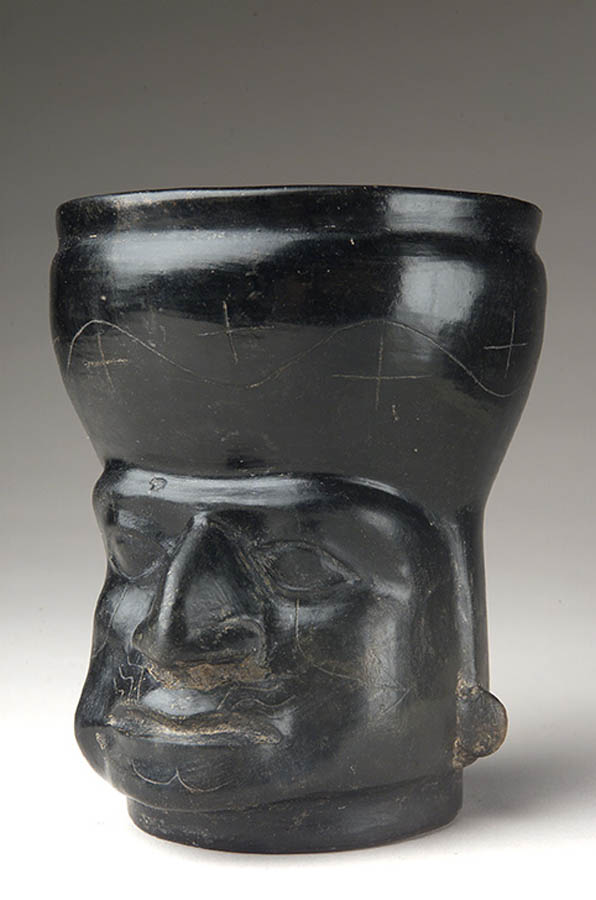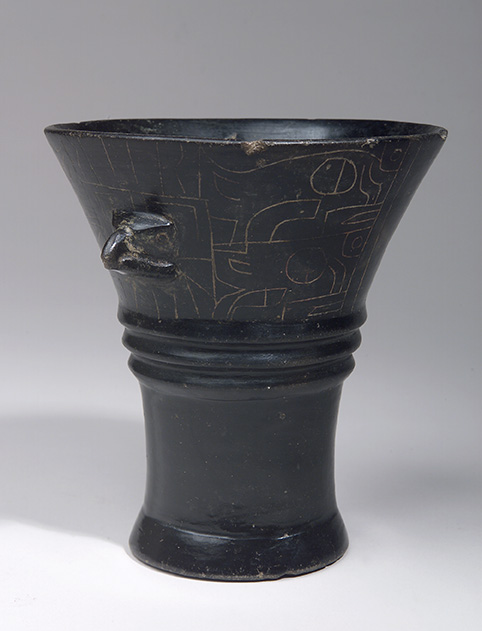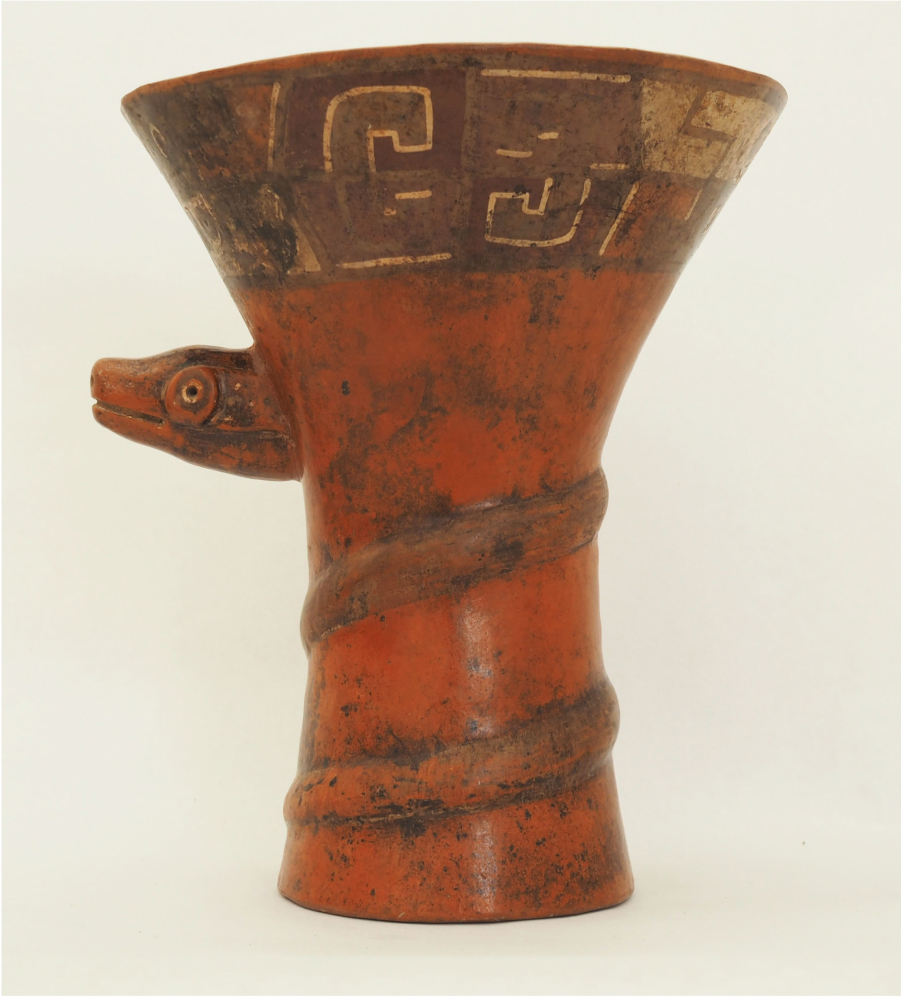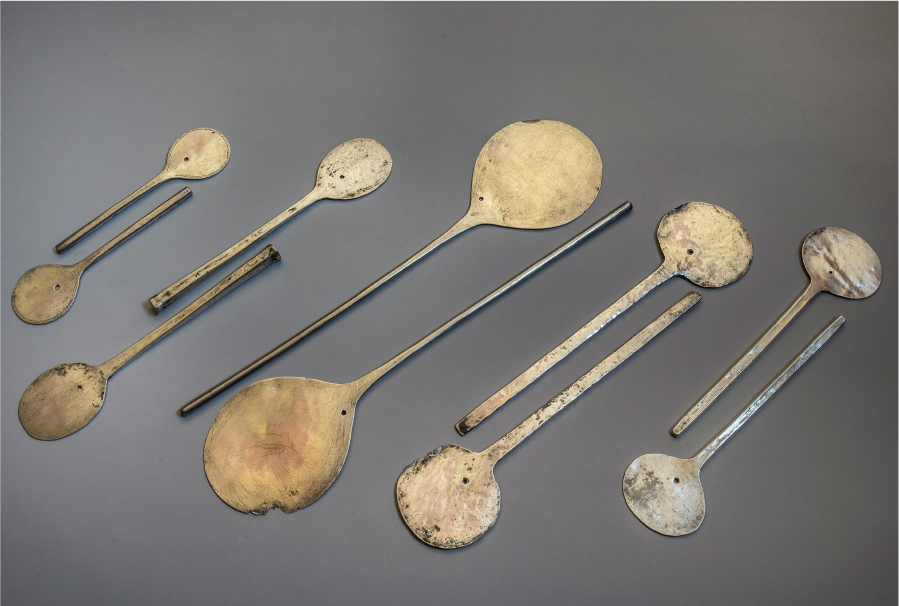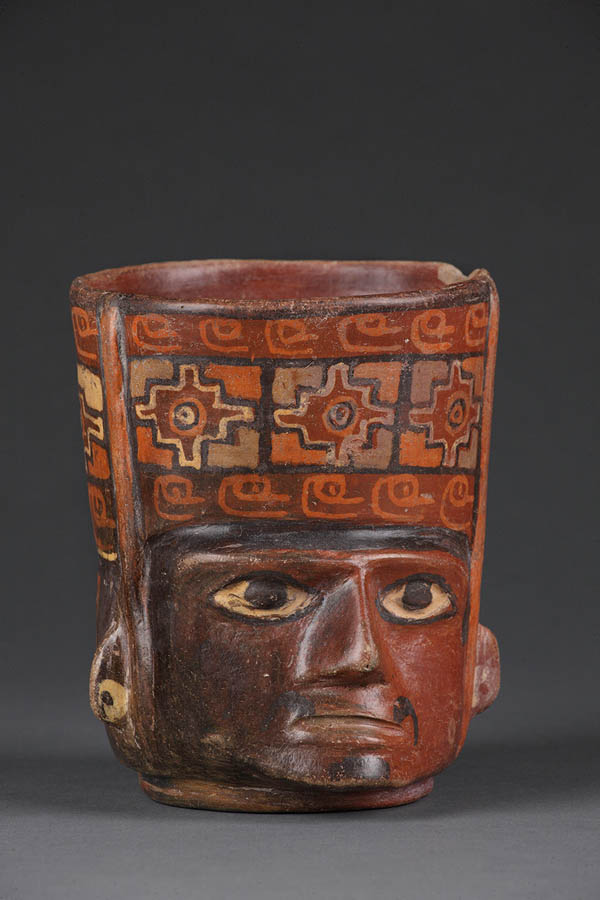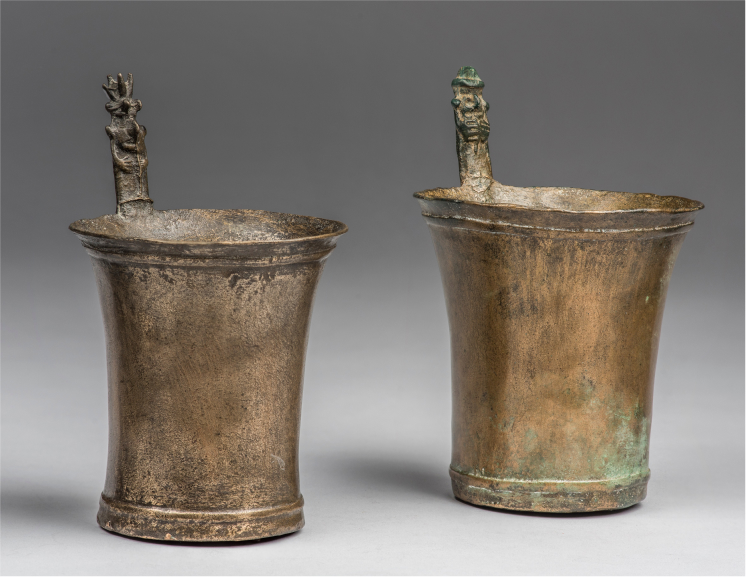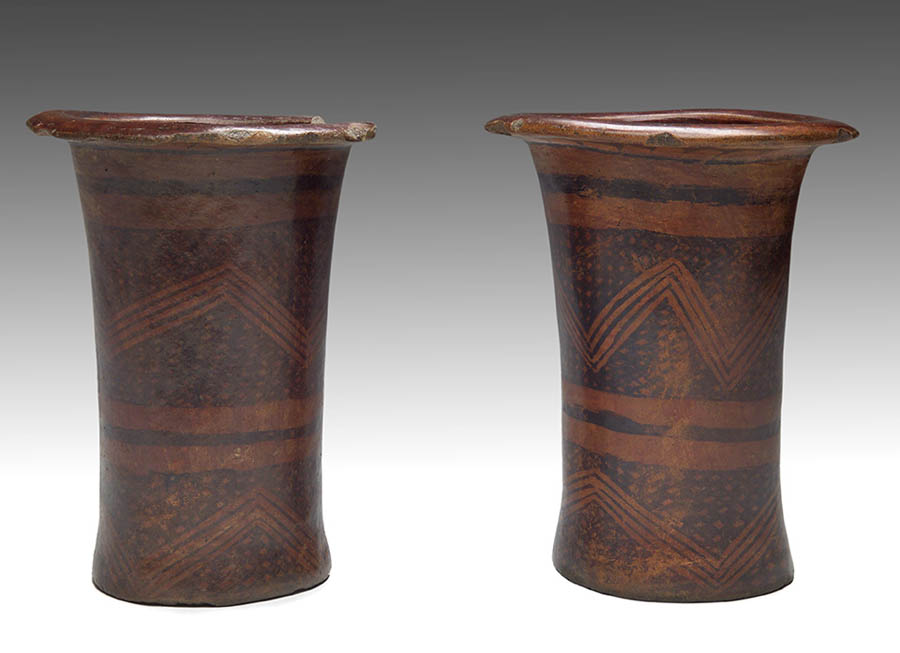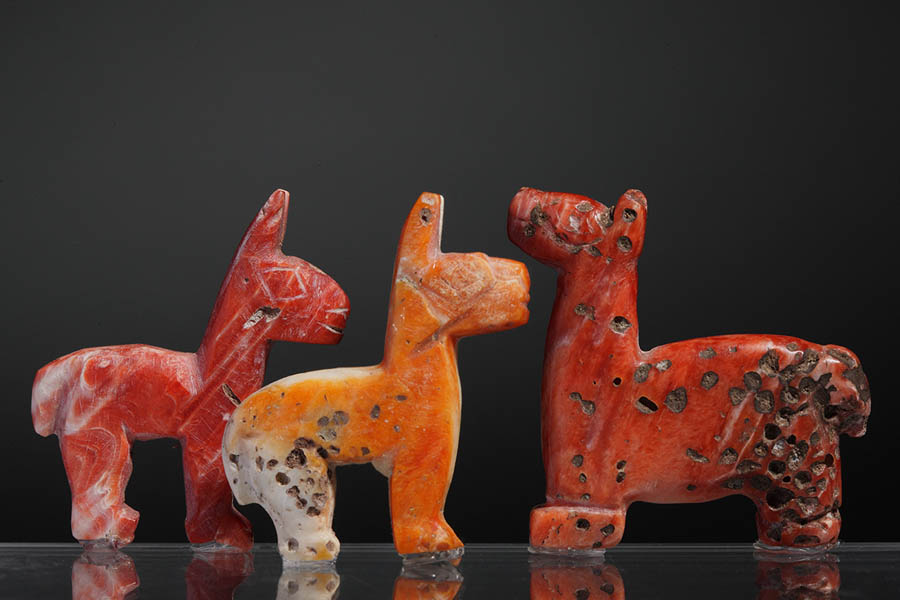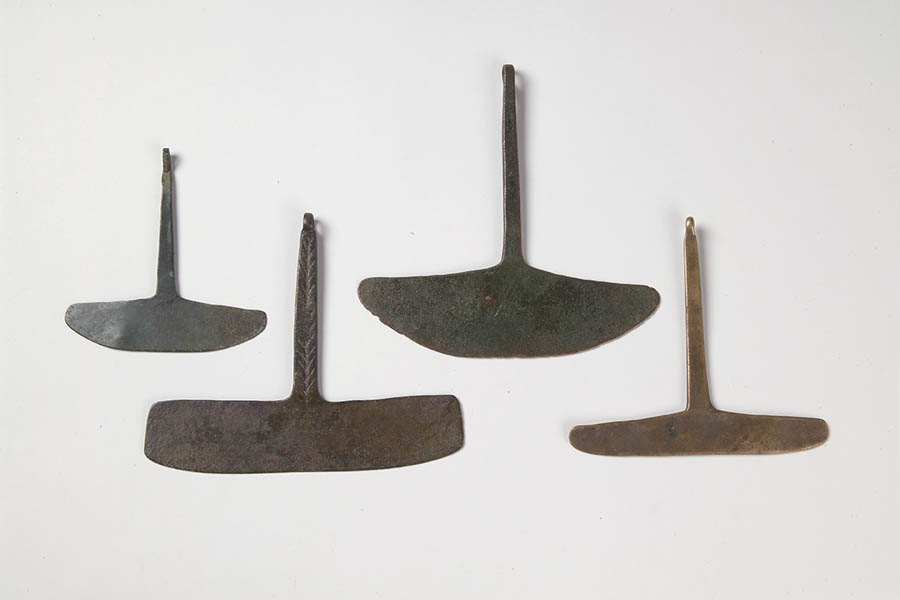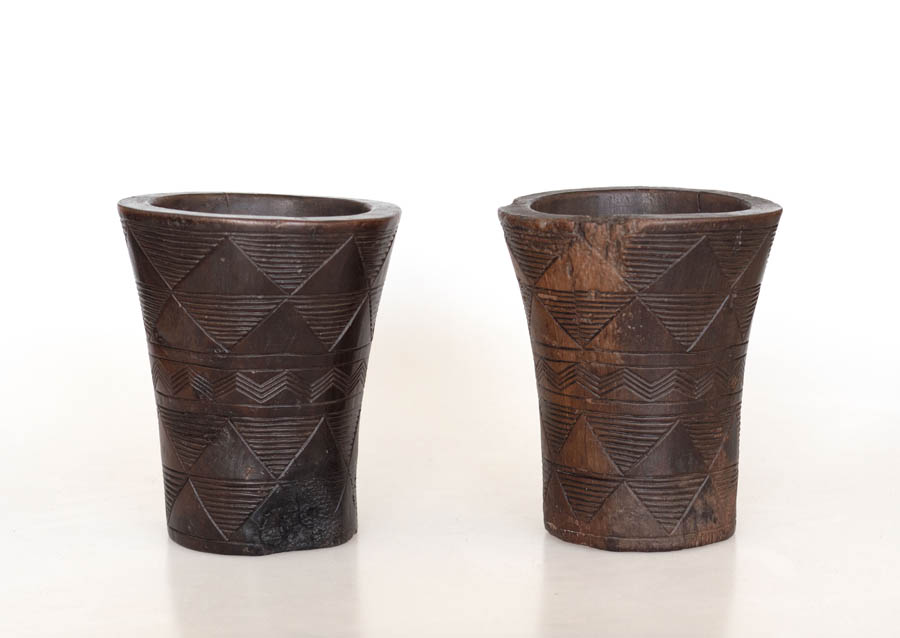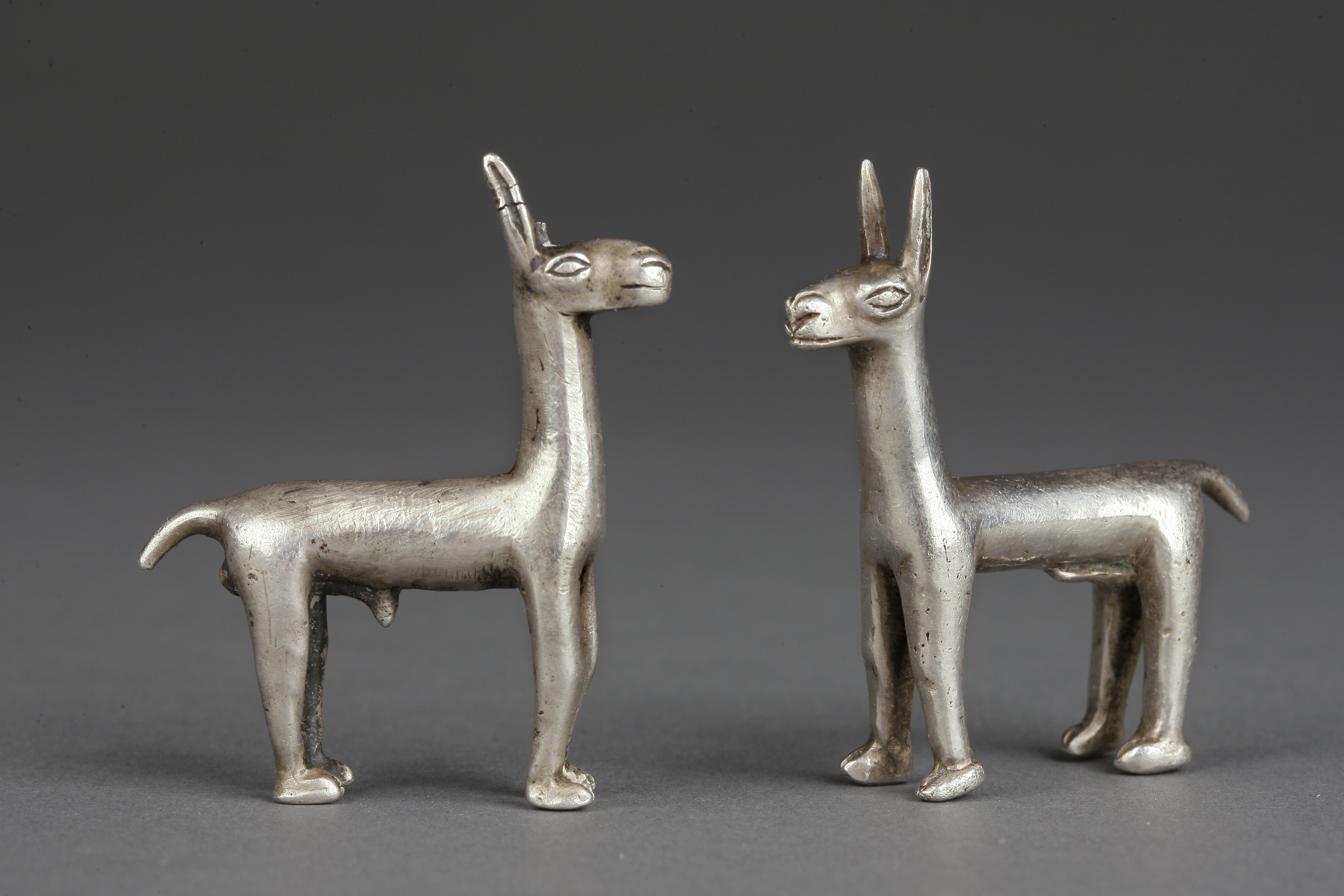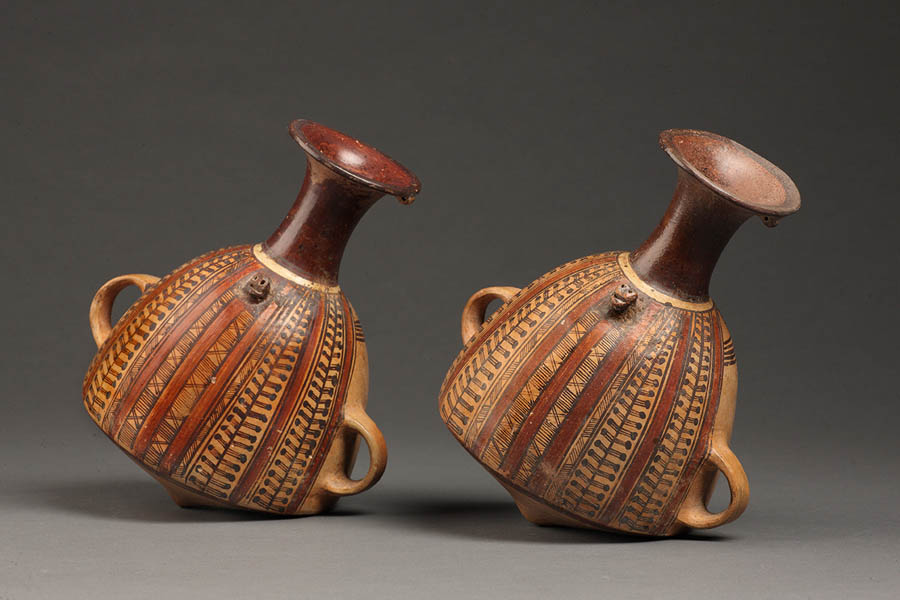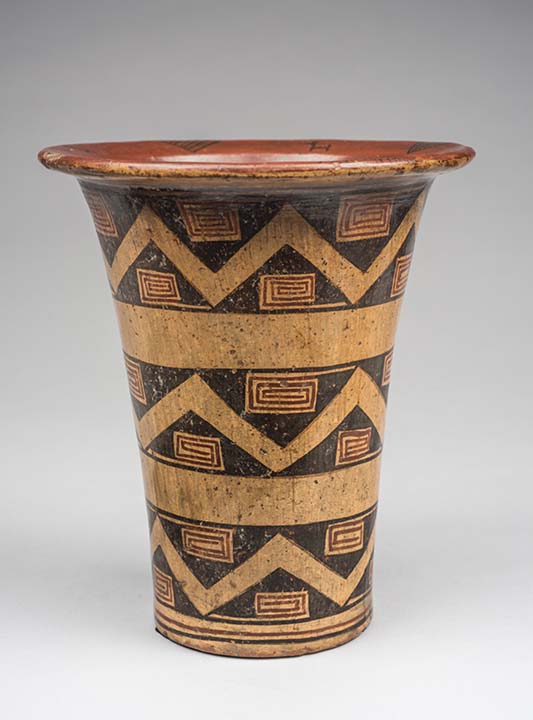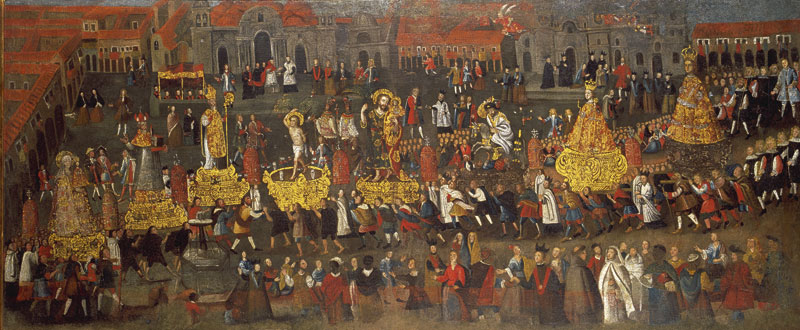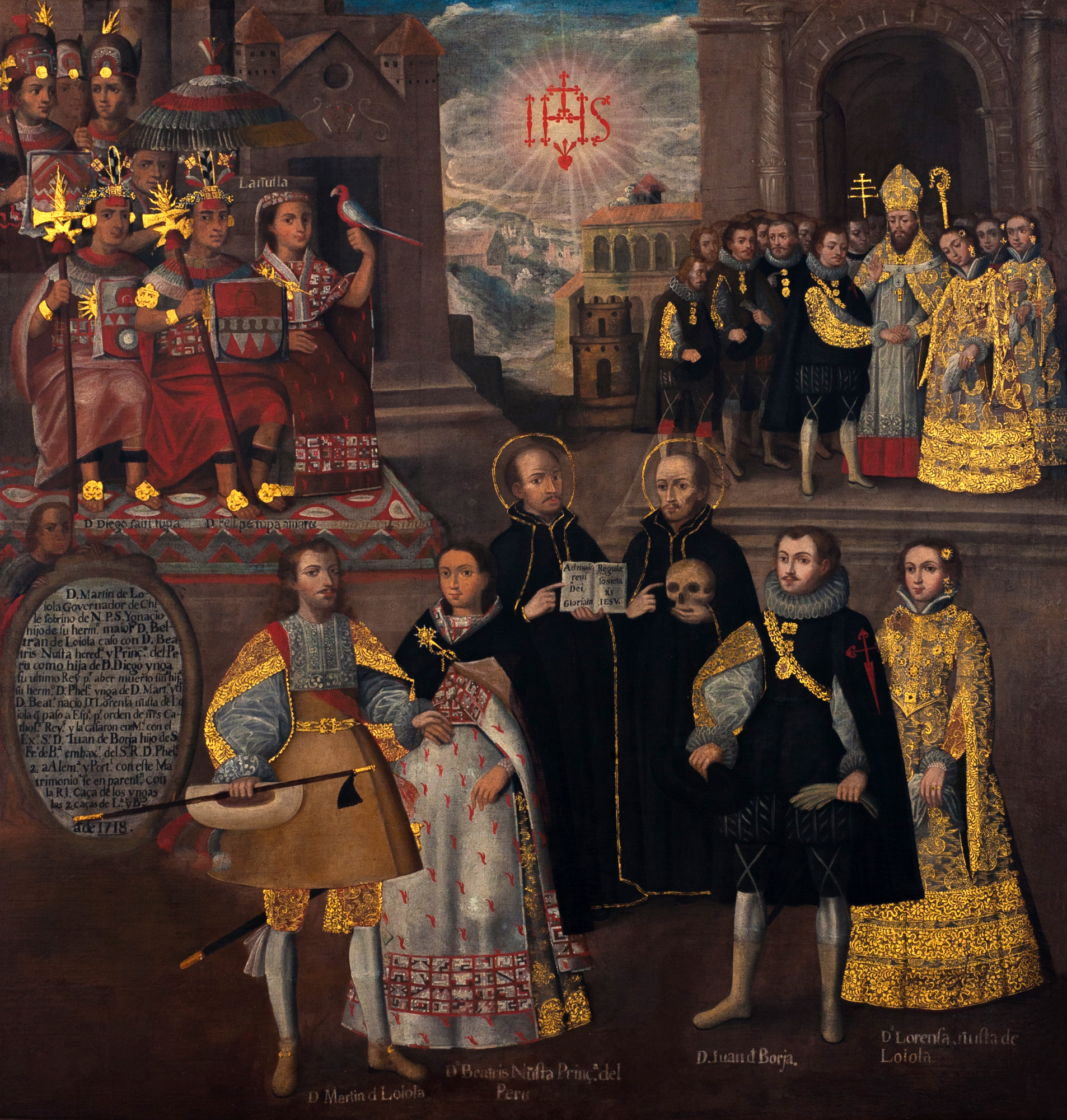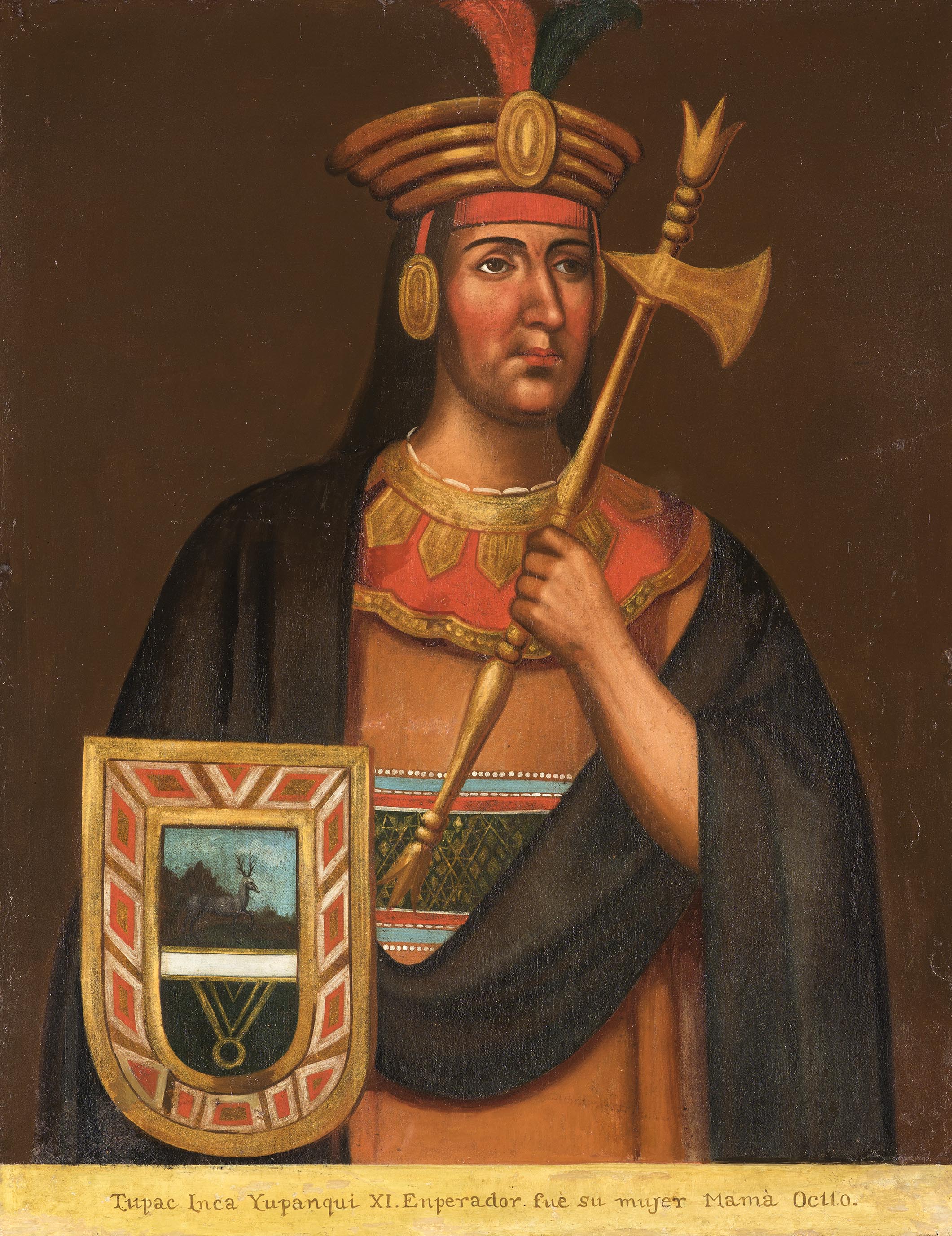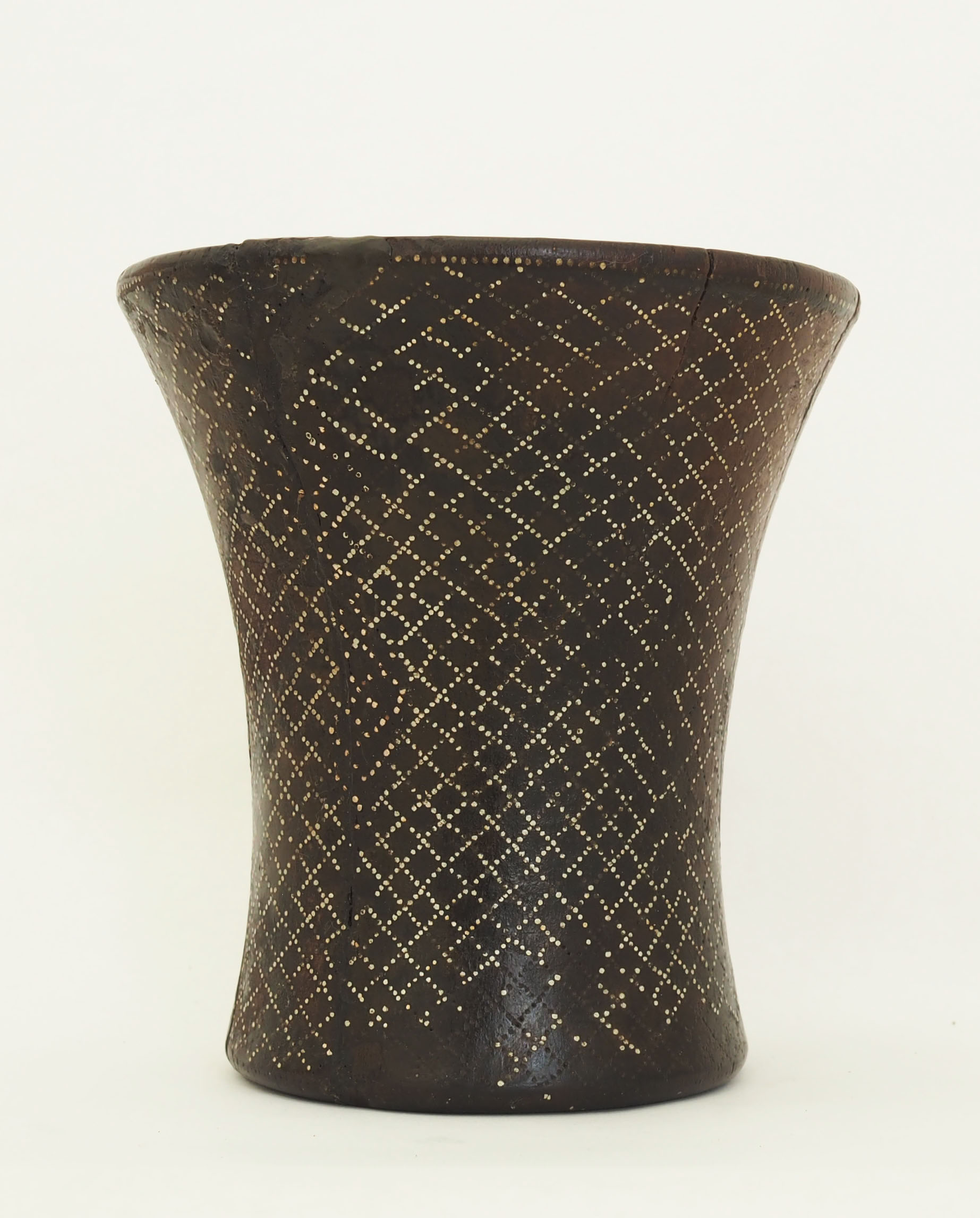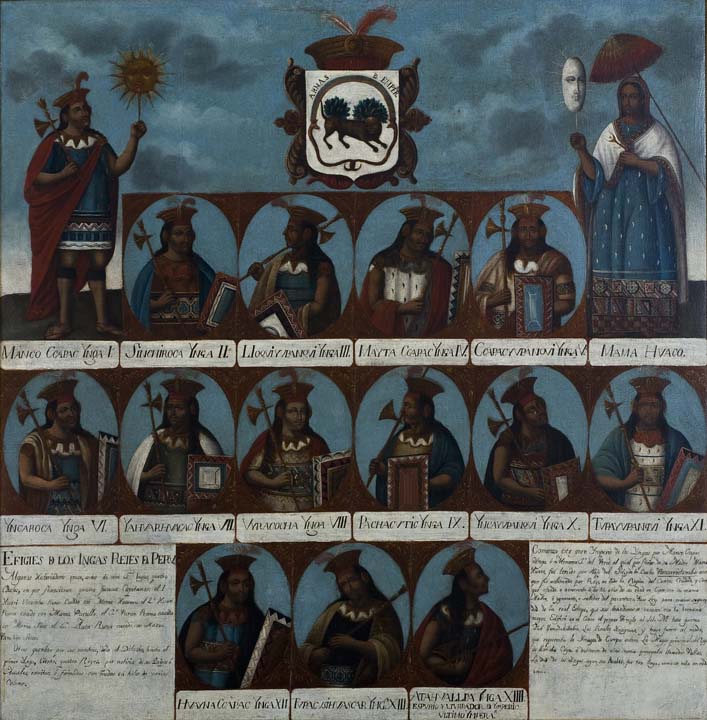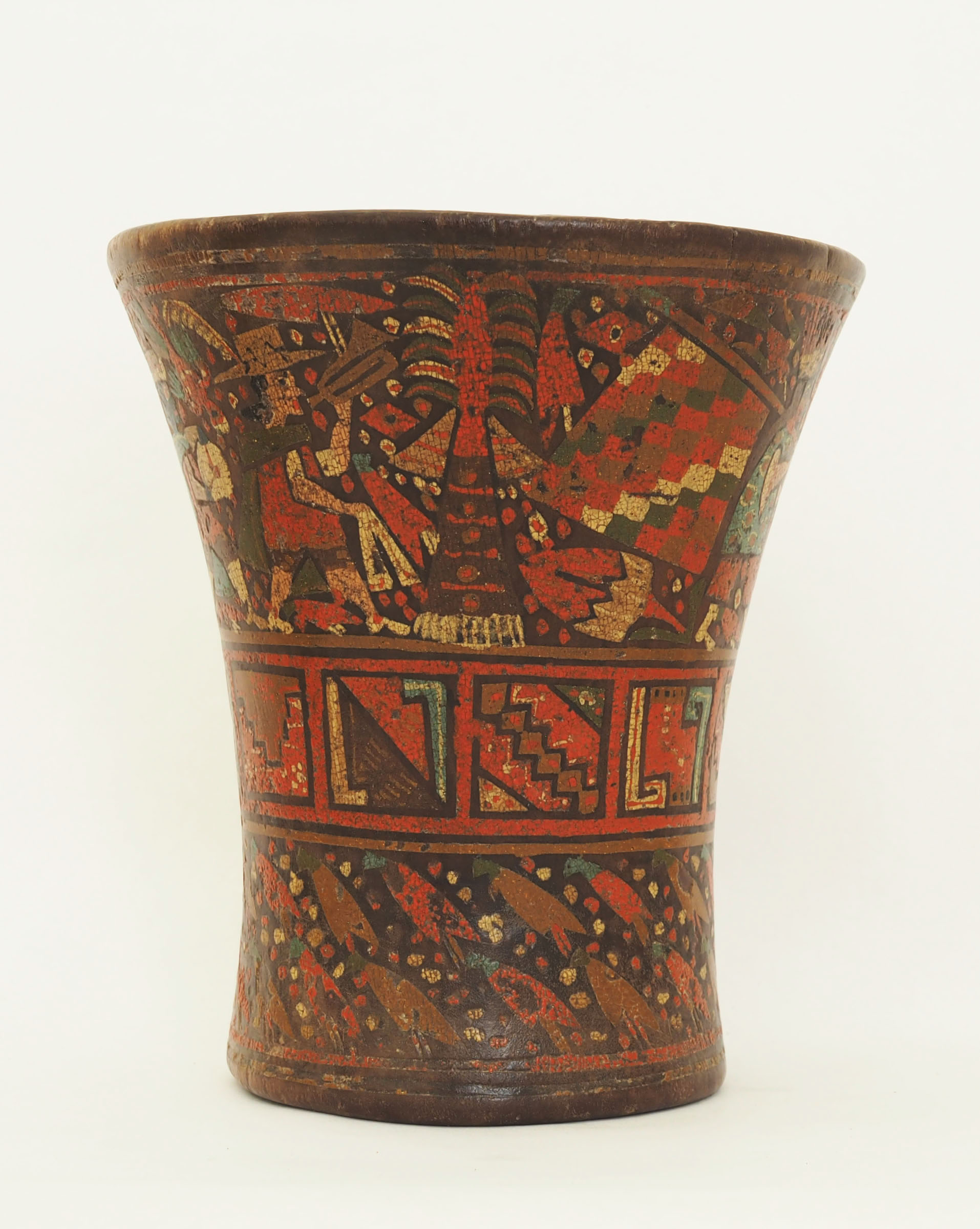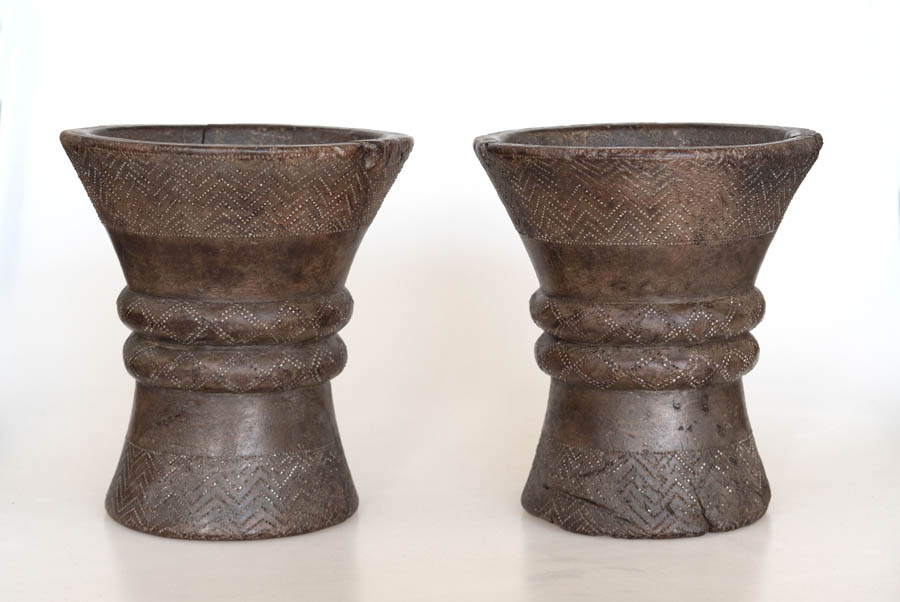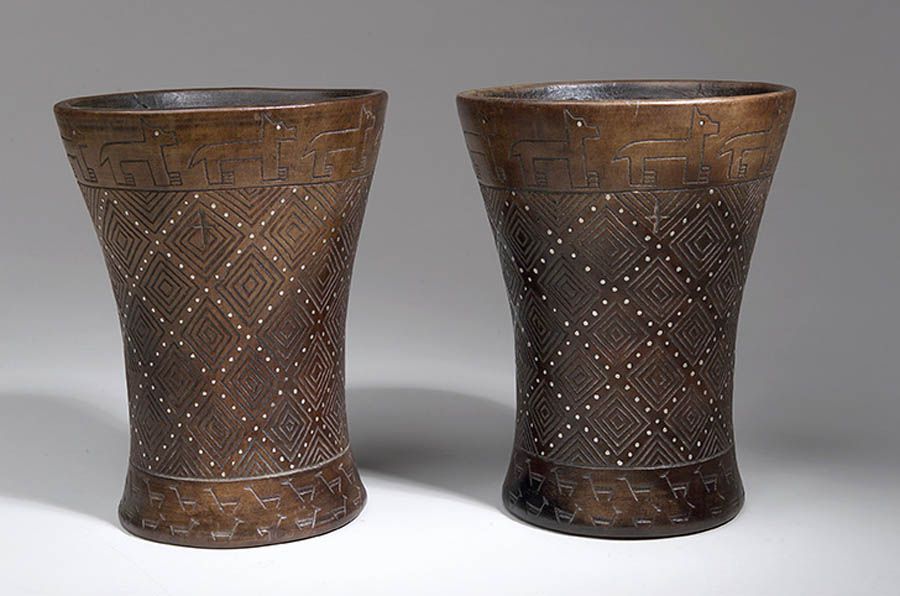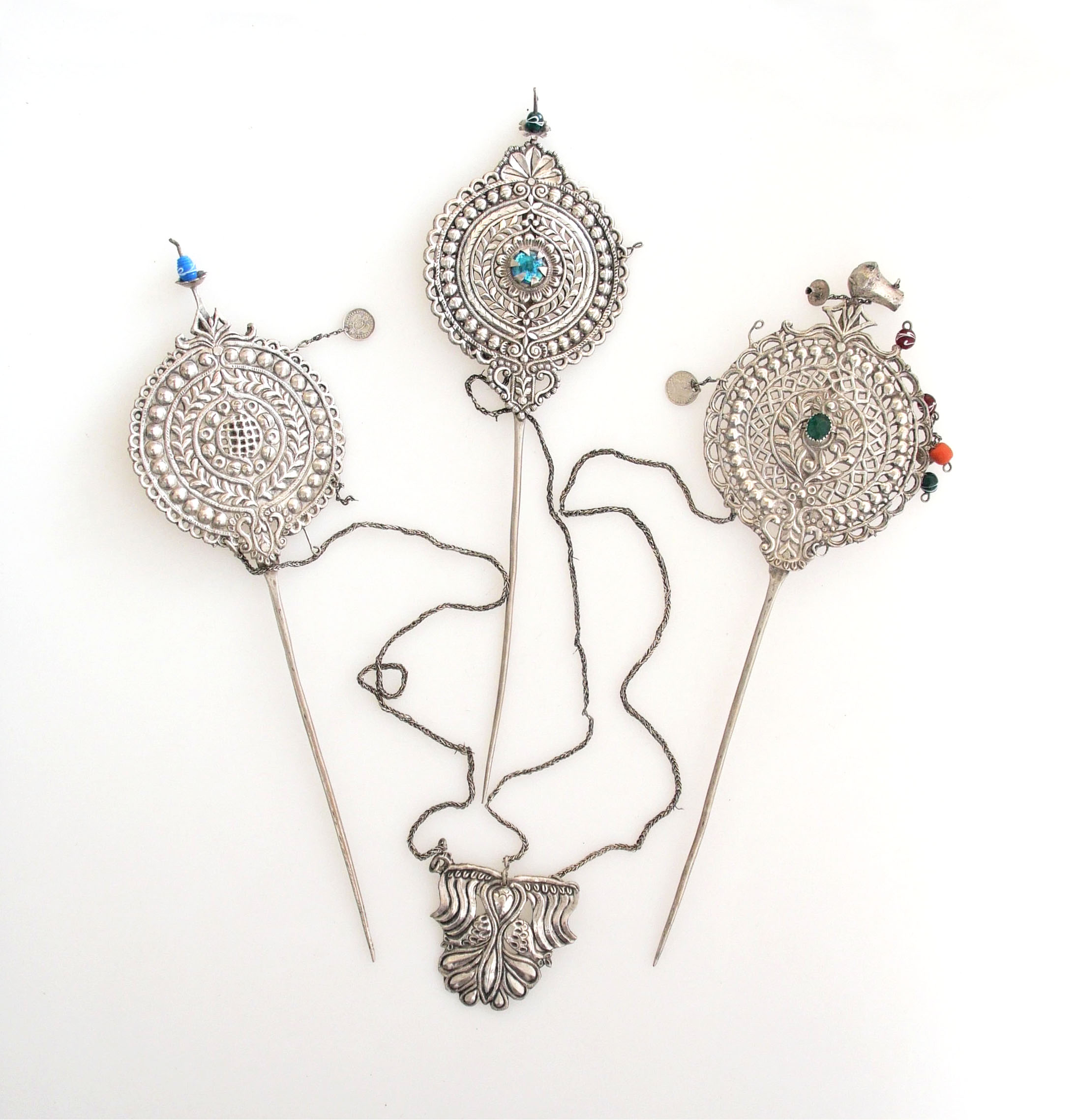Audio Guide in Spanish
Audio Guide in English
South Andean Art Room
An important selection of pieces from the Tiwanaku and Inca cultures is exhibited in this hall,
which belong to a private collection from Cusco, as well as a significant series of paintings from
the Cusco viceregal period from the Pedro de Osma Museum collection.
A great number of objects are displayed in order to demonstrate the continuity of certain local
cultural manifestations, such as the tupus or qirus, and to connect with the long and complex
artistic process from the Southern Andes, which goes from pre-Columbian to viceregal times,
and in some cases to republican times.
From the previous millennium until the arrival of the Spaniards, this territory held the most
important centers of political and religious power in the history of Ancient Peru. [:]
SOUTH ANDEAN ART HALL
Works on display
- Tiahuanaco
- Inca
- Virreinal
Rooms that might interest you
Mannerism
The Mannerism Hall gathers important paintings attributed to Italian painters who migrated to Lima towards the end of the 16th century, such as Bernardo Bitti and Matteo Pérez de Alesio.
Works on display >Marian Advocations
These paintings represent the titles of Mary that emerged with the arrival of religious orders in Peru, such as the Virgin of Almudena or the Virgin of Candelaria from Tenerife.
Works on display >Angels and Archangels
In this hall, the paintings of arquebusier archangels are the most noteworthy. They represent an artistic style that began in the Southern Andes.
Works on display >Sculptures
The religious carved wood images from the 17th and 18th centuries presented in this hall are mainly from Lima, while others are from Cusco.
Works on display >Allegories
These paintings from Cusco from the 17th and 18th centuries depict scenes that describe the Catholic dogma in an allegorical way. They focus on the figure of Christ and his role as the redeemer of humanity.
Works on display >17th century Cusco
In the late 17th century, after an initial artistic period notoriously influenced by Italian Mannerism, artists from Cusco assimilated the influence of Hispanic trends and Flemish engravings.
Works on display >18th century Cusco
In the 18th century, paintings from Cusco underwent a formal evolution due to the intense activity of the Cusco workshops, which developed new aesthetic conventions.
Works on display >Portraits and furniture
In this hall, portraits of Spanish kings are exhibited, as well as an important suite of furniture from the 18th and 19th centuries, known as mueble enconchado (shell-encrusted furniture) due to their small inlaid applications of mother-of-pearl and tortoiseshell.
Works on display >Huamanga stone
In this hall are displayed a series of Huamanga stone carvings (from Ayacucho) from the 18th and 19th centuries. They are small sculptures for personal use.
Works on display >Silverwork
The Silver Hall gathers Pedro de Osma's silver collection, as well as other private collections composed of silver objects for religious and domestic use and numismatic pieces from the 17th and 20th centuries.
Works on display >Art from the Southern Andes
An important selection of pieces from the Tiwanaku and Inca cultures is exhibited in this hall, which belong to a private collection from Cusco, as well as a significant series of paintings from the Cusco viceregal period from the Pedro de Osma Museum collection.
Works on display >Restoration processes
In this room, the processes of recovery of paintings and sculptures carried out by the restoration workshop of the Pedro de Osma Museum are exposed. They are works from the museum's collection.
Works on display >

